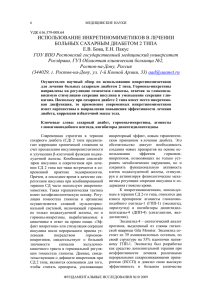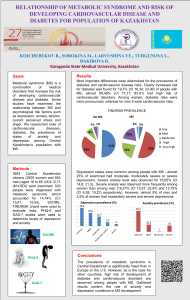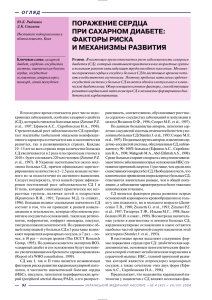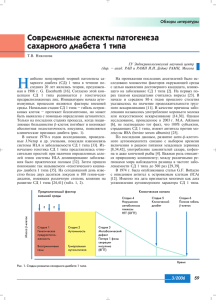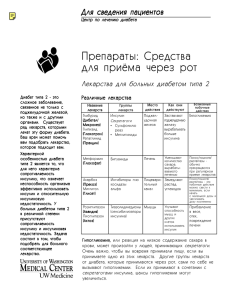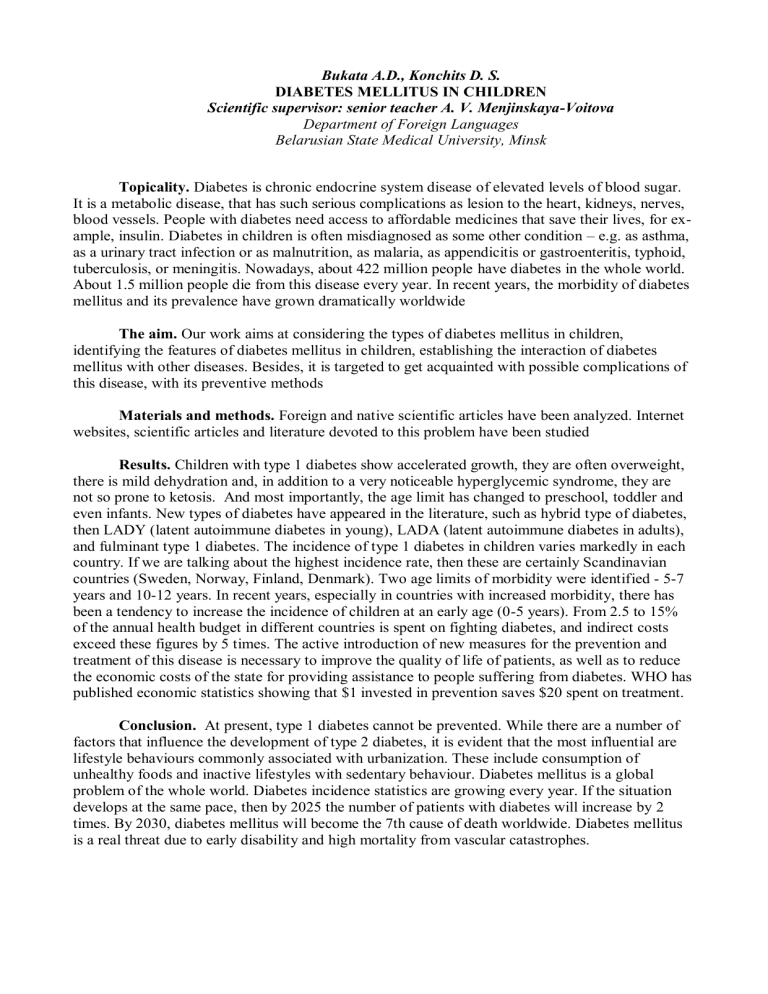
Bukata A.D., Konchits D. S. DIABETES MELLITUS IN CHILDREN Scientific supervisor: senior teacher A. V. Menjinskaya-Voitova Department of Foreign Languages Belarusian State Medical University, Minsk Topicality. Diabetes is chronic endocrine system disease of elevated levels of blood sugar. It is a metabolic disease, that has such serious complications as lesion to the heart, kidneys, nerves, blood vessels. People with diabetes need access to affordable medicines that save their lives, for example, insulin. Diabetes in children is often misdiagnosed as some other condition – e.g. as asthma, as a urinary tract infection or as malnutrition, as malaria, as appendicitis or gastroenteritis, typhoid, tuberculosis, or meningitis. Nowadays, about 422 million people have diabetes in the whole world. About 1.5 million people die from this disease every year. In recent years, the morbidity of diabetes mellitus and its prevalence have grown dramatically worldwide The aim. Our work aims at considering the types of diabetes mellitus in children, identifying the features of diabetes mellitus in children, establishing the interaction of diabetes mellitus with other diseases. Besides, it is targeted to get acquainted with possible complications of this disease, with its preventive methods Materials and methods. Foreign and native scientific articles have been analyzed. Internet websites, scientific articles and literature devoted to this problem have been studied Results. Children with type 1 diabetes show accelerated growth, they are often overweight, there is mild dehydration and, in addition to a very noticeable hyperglycemic syndrome, they are not so prone to ketosis. And most importantly, the age limit has changed to preschool, toddler and even infants. New types of diabetes have appeared in the literature, such as hybrid type of diabetes, then LADY (latent autoimmune diabetes in young), LADA (latent autoimmune diabetes in adults), and fulminant type 1 diabetes. The incidence of type 1 diabetes in children varies markedly in each country. If we are talking about the highest incidence rate, then these are certainly Scandinavian countries (Sweden, Norway, Finland, Denmark). Two age limits of morbidity were identified - 5-7 years and 10-12 years. In recent years, especially in countries with increased morbidity, there has been a tendency to increase the incidence of children at an early age (0-5 years). From 2.5 to 15% of the annual health budget in different countries is spent on fighting diabetes, and indirect costs exceed these figures by 5 times. The active introduction of new measures for the prevention and treatment of this disease is necessary to improve the quality of life of patients, as well as to reduce the economic costs of the state for providing assistance to people suffering from diabetes. WHO has published economic statistics showing that $1 invested in prevention saves $20 spent on treatment. Conclusion. At present, type 1 diabetes cannot be prevented. While there are a number of factors that influence the development of type 2 diabetes, it is evident that the most influential are lifestyle behaviours commonly associated with urbanization. These include consumption of unhealthy foods and inactive lifestyles with sedentary behaviour. Diabetes mellitus is a global problem of the whole world. Diabetes incidence statistics are growing every year. If the situation develops at the same pace, then by 2025 the number of patients with diabetes will increase by 2 times. By 2030, diabetes mellitus will become the 7th cause of death worldwide. Diabetes mellitus is a real threat due to early disability and high mortality from vascular catastrophes.
